Shadblow Serviceberry Tree (Amelanchier Canadensis) – 5 Gallon Pot
$129.97 Original price was: $129.97.$90.98Current price is: $90.98.
SKU: D2LSC 6432618182 Category: FRAGRANT PLANTS
- Experience the difference quality makes.
- Buy with Peace of Mind
- Free Shipping, No Compromise on Quality
- High quality products, hassle-free returns.

Shadblow Serviceberry Tree
Amelanchier canadensis
NOTE: As with all of our other plants and trees, all of our fruit plants are grown in containers outdoors so they are fully rooted and landscape-ready upon arrival.
Plant Details
USDA Plant Hardiness Zones: 3a-8b Find Your Zone
Shrub Type: Deciduous Flowering Tree
Height at Maturity: 15-20′
Width at Maturity: 10-15′
Spacing: 20′ + for space between trees
Growth Habit / Form: Upright, Rounded
Growth Rate: Moderate
Flower Color: Snow White
Flower Size: 1″
Flowering Period: Early Spring
Flower Type: Single, 5-petaled in upright racemes
Fragrant Flowers: Yes, slightly
Foliage Color: Golden Orange to Orange-Red
Fragrant Foliage: No
Berries: Yes, edible
Berry Color: Red to Purple
Sun Needs: Full to Mostly Sun, Light Shade
Water Needs: Average
Soil Type: Clay, Loam, Sandy(amended), Silty
Soil Moisture / Drainage: Moist But Well-Drained
Soil pH: 4.0 – 6.5 (Acid to Slightly Acid)
Maintenance / Care: Low
Attracts: Visual Attention, Beneficial Pollinators
Resistances: Deer, Disease, Insect
Description
A four season attraction in the landscape, the Shadblow Serviceberry is a North America native beauty that can be grown as a large multi-stem shrub or lower branches can be removed to form a very attractive single or multi trunk small tree. In early spring, snowy white flowers in 2 to 4 inch upright racemes are borne in profusion. Following the flowers are edible, sweet, blueberry-like green fruits that turn to red and purple as they ripen. But if you want the fruits you better beat the birds to them. Fall brings outstanding foliage color ranging from golden-orange to red-orange. The silver striped ridged and furrowed handsome bark provides winter interest in the landscape.
Shadblow Serviceberry got its name because it’s berries are produced in June “when the shad (fish) run.” Serviceberry fruit is used to make pies and sweetbreads and can be dried like raisins. The Cherokees used serviceberry tea to aid digestion, and children who had worms were given baths in serviceberry tea. Native Americans used the tree’s straight wood to make arrow shafts. Francois Michaux wrote of serviceberries being available in Philadelphia markets, but only children bought them because they were so sweet and delicious.
NOTE: As with all of our other plants and trees, all of our fruit plants are grown in containers outdoors so they are fully rooted and landscape-ready upon arrival.
Landscape & Garden Uses
Growing 15 to 20 feet tall and 10 to 15 feet wide, the Shadblow Serviceberry can be left alone to grow naturally as a large multi-stem shrub or lower branches can be removed to form a multi or single trunk specimen tree. It is a fine addition to pollinator and wildlife gardens, North American native plant gardens, and cottage gardens.
Suggested Spacing: 20 feet for space between trees
Growing Preferences
The Shadblow Serviceberry Tree grows best in a moist but well-drained acidic soil that is rich in organic matter and full sun to light shade. A must-have native in every garden where it will grow!
Helpful Articles
How To Plant & Care For A Serviceberry Tree
Plant Long & Prosper!
Meet The Wilson Brothers & Staff
Questions? Contact Us
We needed a small tree for a landscape area and wanted something native and that the birds and bees would like. We chose the Shadblow Serviceberry and really like it. It came well packaged and looked no worse for the wear from shipment. I look forward to enjoying it for many years. I would not hesitate to order from Wilson Brothers again.—————————————————-We are so glad you are pleased and we hope you enjoy it for years to come! Thanks for the kind words and great review! 🙂 Beth Steele | WBG
Be the first to review “Shadblow Serviceberry Tree (Amelanchier Canadensis) – 5 Gallon Pot” Cancel reply
Related products
Sale!
FRAGRANT PLANTS
Sale!
FRAGRANT PLANTS
Diane Red Witch Hazel (Hamamelis X Intermedia) – 7 Gallon Pot
Sale!
Sale!
FRAGRANT PLANTS
Tangerine Beauty Crossvine Bignonia – 6 Pack Of 1 Gallon Pots
Sale!
FRAGRANT PLANTS
Sale!
FRAGRANT PLANTS
Sale!
FRAGRANT PLANTS
Sale!


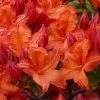



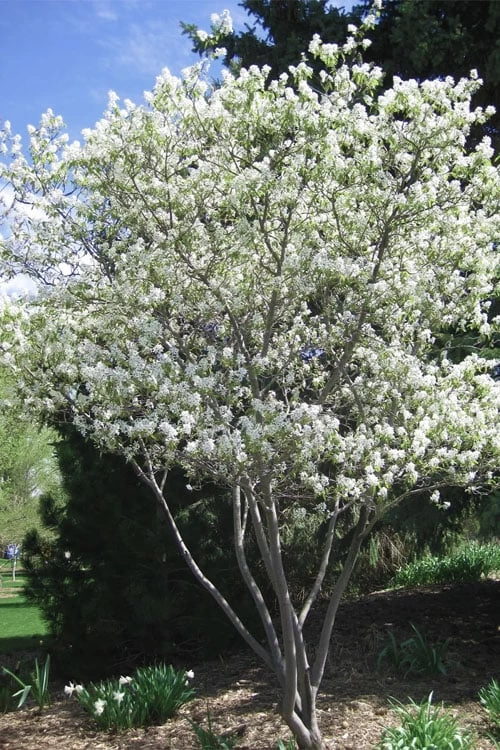

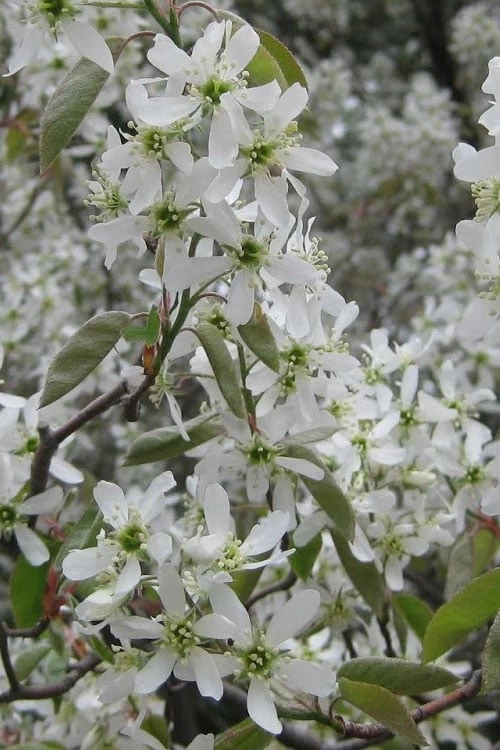


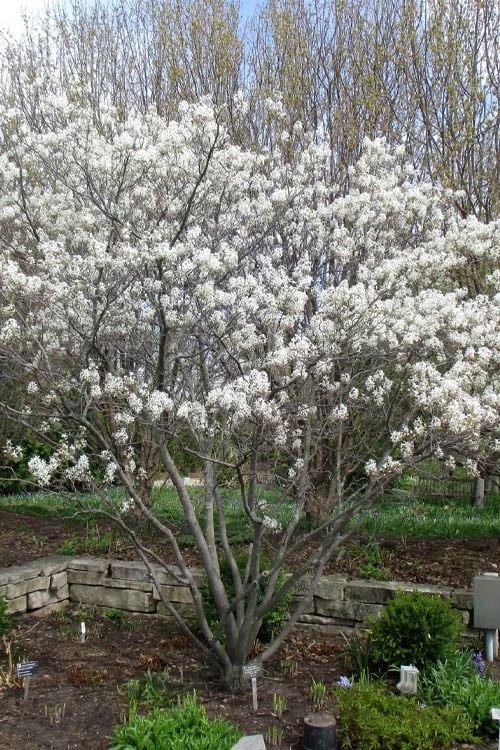





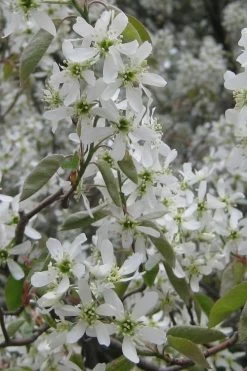





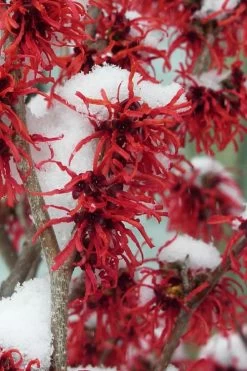



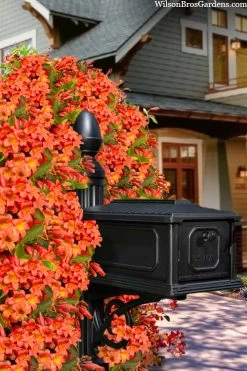







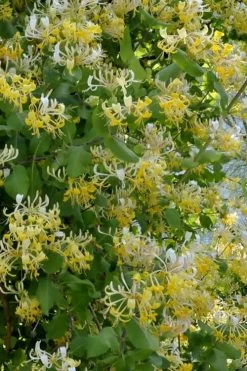

Reviews
There are no reviews yet.